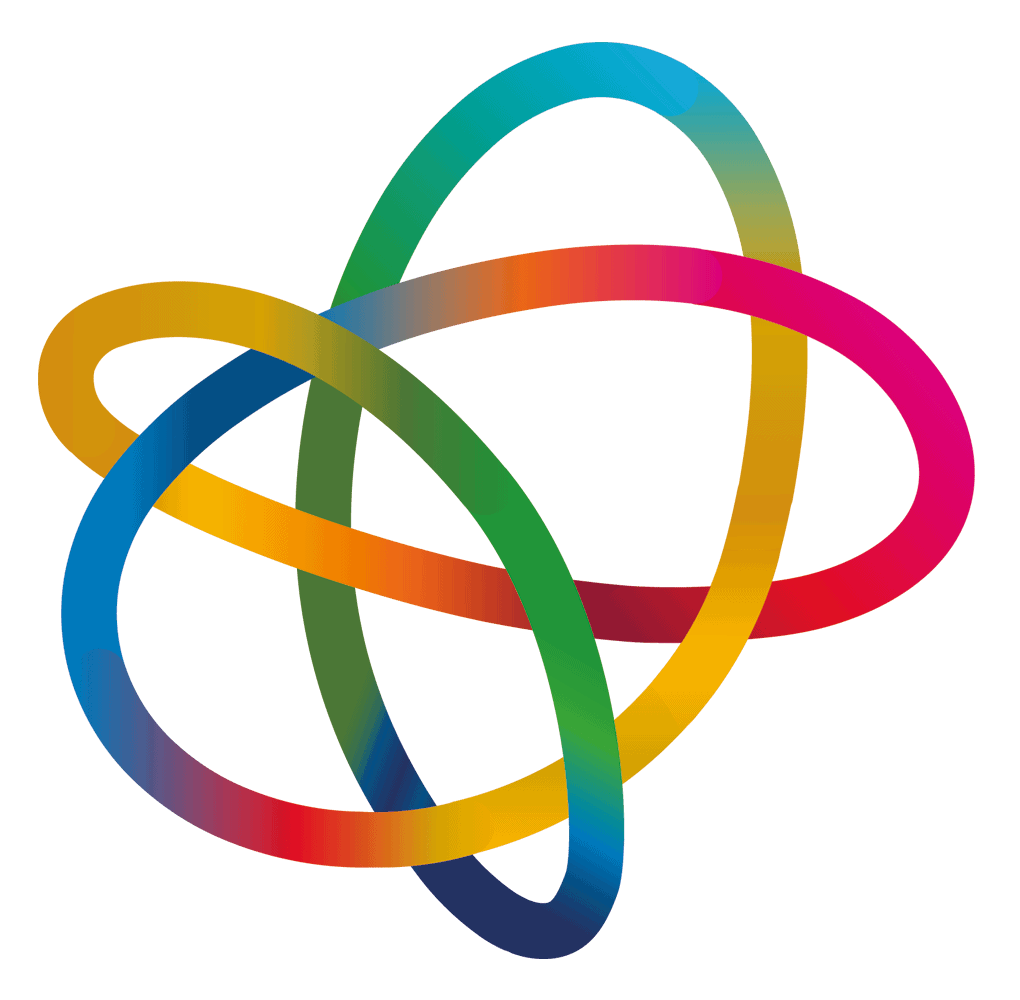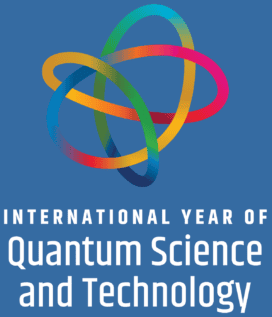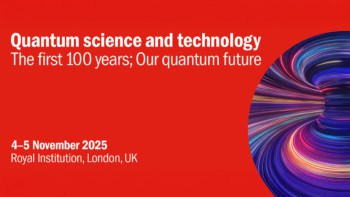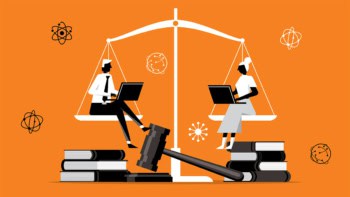
Part of our International Year of Quantum Science and Technology coverage
Quantum physicist Mauro Paternostro reveals the top developments in quantum research over the last 12 months, speculates where the field is going next, and explains how to keep up the pace of developments

As we celebrate the International Year of Quantum Science and Technology, the quantum technology landscape is a swiftly evolving place. From developments in error correction and progress in hybrid classical-quantum architectures all the way to the commercialization of quantum sensors, there is much to celebrate.
An expert in quantum information processing and quantum technology, physicist Mauro Paternostro is based at the University of Palermo and Queen’s University Belfast. He is also editor-in-chief of the IOP Publishing journal Quantum Science and Technology, which celebrates its 10th anniversary this year. Paternostro talks to Tushna Commissariat about the most exciting recent developments in the filed, his call for a Quantum Erasmus programme and his plans for the future of the journal.
What’s been the most interesting development in quantum technologies over the last year or so?
I have a straightforward answer as well as a more controversial one. First, the simpler point: the advances in quantum error correction for large-scale quantum registers are genuinely exciting. I’m specifically referring to the work conducted by Mikhail Lukin, Dolev Bluvstein and colleagues at Harvard University, and at the Massachusetts Institute of Technology and QuEra Computing, who built a quantum processor with 48 logical qubits that can execute algorithms while correcting errors in real time. In my opinion, this marks a significant step forward in developing computational platforms with embedded robustness. Error correction plays a vital role in the development of practical quantum computers, and Lukin and colleagues won Physics World’s 2024 Breakthrough of the Year award for their work.

You can listen to Mikhail Lukin and Dolev Bluvstein explain how they used trapped atoms to create 48 logical qubits on the Physics World Weekly podcast.
Now, for the more complex perspective. Aside from ongoing debate about whether Microsoft’s much-discussed eight-qubit topological quantum processor – Majorana 1 – is genuinely using topological qubits, I believe the device will help to catalyze progress in integrated quantum chips. While it may not qualify as a genuine breakthrough in the long run, this moment could be the pivotal turning-point in the evolution of quantum computational platforms. All the major players will likely feel compelled to accelerate their efforts toward the unequivocal demonstration of “quantum chip” capabilities, and such a competitive drive is just want both industry and government need right now.

How do you think quantum technologies will scale up as they emerge from the lab and into real-world applications?
I am optimistic in this regard. In fact, progress is already underway, with quantum-sensing devices and atomic quantum clocks are achieving the levels of technological readiness necessary for practical, real-world applications. In the future, hybrid quantum-high-performance computing (HPC) architectures will play crucial roles in bridging classical data-analysis with whatever the field evolves into, once quantum computers can offer genuine “quantum advantage” over classical machines.
Regarding communication, the substantial push toward networked, large-scale communication structures is noteworthy. The availability of the first operating system for programmable quantum networks opens “highways” toward constructing a large-scale “quantum internet”. This development promises to transform the landscape of communication, enabling new possibilities that we are just beginning to explore.
What needs to be done to ensure that the quantum sector can deliver on its promises in Europe and the rest of the world?
We must prioritize continuity and stability to maintain momentum. The national and supranational funding programmes that have supported developments and achievements over the past few years should not only continue, but be enhanced. I am concerned, however, that the current geopolitical climate, which is undoubtedly challenging, may divert attention and funding away from quantum technologies. Additionally, I worry that some researchers might feel compelled to shift their focus toward areas that align more closely with present priorities, such as military applications. While such shifts are understandable, they may not help us keep pace with the remarkable progress the field has made since governments in Europe and beyond began to invest substantially.
On a related note, we must take education seriously. It would be fantastic to establish a Quantum Erasmus programme that allows bachelor’s, master’s and PhD students in quantum technology to move freely across Europe so that they can acquire knowledge and expertise. We need coordinated national and supranational initiatives to build a pipeline of specialists in this field. Such efforts would provide the significant boost that quantum technology needs to continue thriving.
How can the overlap between quantum technology and artificial intelligence (AI) help each other develop?
The intersection and overlap between AI, high-performance computing, and quantum technologies are significant, and their interplay is, in my opinion, one of the most promising areas of exploration. While we are still in the early stages, we have only just started to tap into the potential of AI-based tools for tackling quantum tasks. We are already witnessing the emergence of the first quantum experiments supported by this hybrid approach to information processing.
The convergence of AI, HPC, and quantum computing would revolutionize how we conceive data processing, analysis, forecasting and many other such tasks. As we continue to explore and refine these technologies, the possibilities for innovation and advancement are vast, paving the way for transformations in various fields.
What do you hope the International Year of Quantum Science and Technology (IYQ) will have achieved, going forward?
The IYQ represents a global acknowledgment, at the highest levels, of the immense potential within this field. It presents a genuine opportunity to raise awareness worldwide about what a quantum paradigm for technological development can mean for humankind. It serves as a keyhole into the future, and IYQ could enable an unprecedented number of individuals – governments, leaders and policymakers alike – to peek though it and glimpse at this potential.
All stakeholders in the field should contribute to making this a memorable year. With IYQ, 2025 might even be considered as “year zero” of the quantum technology era.
As we mark its 10th anniversary, how have you enjoyed your time over the last year as editor-in-chief of the journal Quantum Science and Technology (QST)?
Time flies when you have fun, and this is a good time for me to reflect on the past year. Firstly, I want to express my heartfelt gratitude to Rob Thew, the founding editor-in-chief of QST, for his remarkable leadership during the journal’s early years. With unwavering dedication, he and the rest of the entire editorial board, has established QST as an authoritative and selective reference point for the community engaged in the broad field of quantum science and technology. The journal is now firmly recognized as a leading platform for timely and significant research outcomes. A 94% increase in submissions since our fifth anniversary has led to an impressive 747 submissions from 62 countries in 2024 alone, revealing the growing recognition and popularity of QST among scholars. Our acceptance rate of 27% further demonstrates our commitment to publishing only the highest calibre research.
QST has, over the last 10 years, sought to feature research covering the breadth of the field within our curated focus issues covering topics such as: Quantum optomechanics, Quantum photonics: chips and dots; Quantum software, Perspectives on societal aspects and impacts of quantum technologies and Cold atoms in space.
As we celebrate IYQ, QST will lead the way with several exciting editorial initiatives aimed at disseminating the latest achievements in addressing the essential “pillars” of quantum technologies – computing, communication, sensing, and simulation – while also providing authoritative perspectives and visions for the future. Our focus collections seek research within Quantum technologies for quantum gravity & Focus on perspectives on the future of variational quantum computing.
What are your goals with QST, looking ahead?
As quantum technologies advance into an inter- and multi-disciplinary realm, merging fundamental quantum-science with technological applications, QST is evolving as well. We have an increasing number of submissions addressing the burgeoning area of machine learning-enhanced quantum information processing, alongside pioneering studies exploring the application of quantum computing in fields such as chemistry, materials science and quantitative finance. All of this illustrates how QST is proactive in seizing opportunities to advance knowledge from our community of scholars and authors.
This dynamic growth is a fantastic way to celebrate the journal’s 10th anniversary, especially with the added significant milestone of IYQ. Finally, I want to highlight a matter that is very close to my heart, reflecting a much-needed “duty of care” for our readership. As editor-in-chief, I am honoured to support a journal that is part of the ‘Purpose-Led Publishing’ initiative. I view this as a significant commitment to integrity, ethics, high standards, and transparency, which should be the foundation of any scientific endeavour.
This article forms part of Physics World‘s contribution to the 2025 International Year of Quantum Science and Technology (IYQ), which aims to raise global awareness of quantum physics and its applications.
Stayed tuned to Physics World and our international partners throughout the next 12 months for more coverage of the IYQ.
Find out more on our quantum channel.




